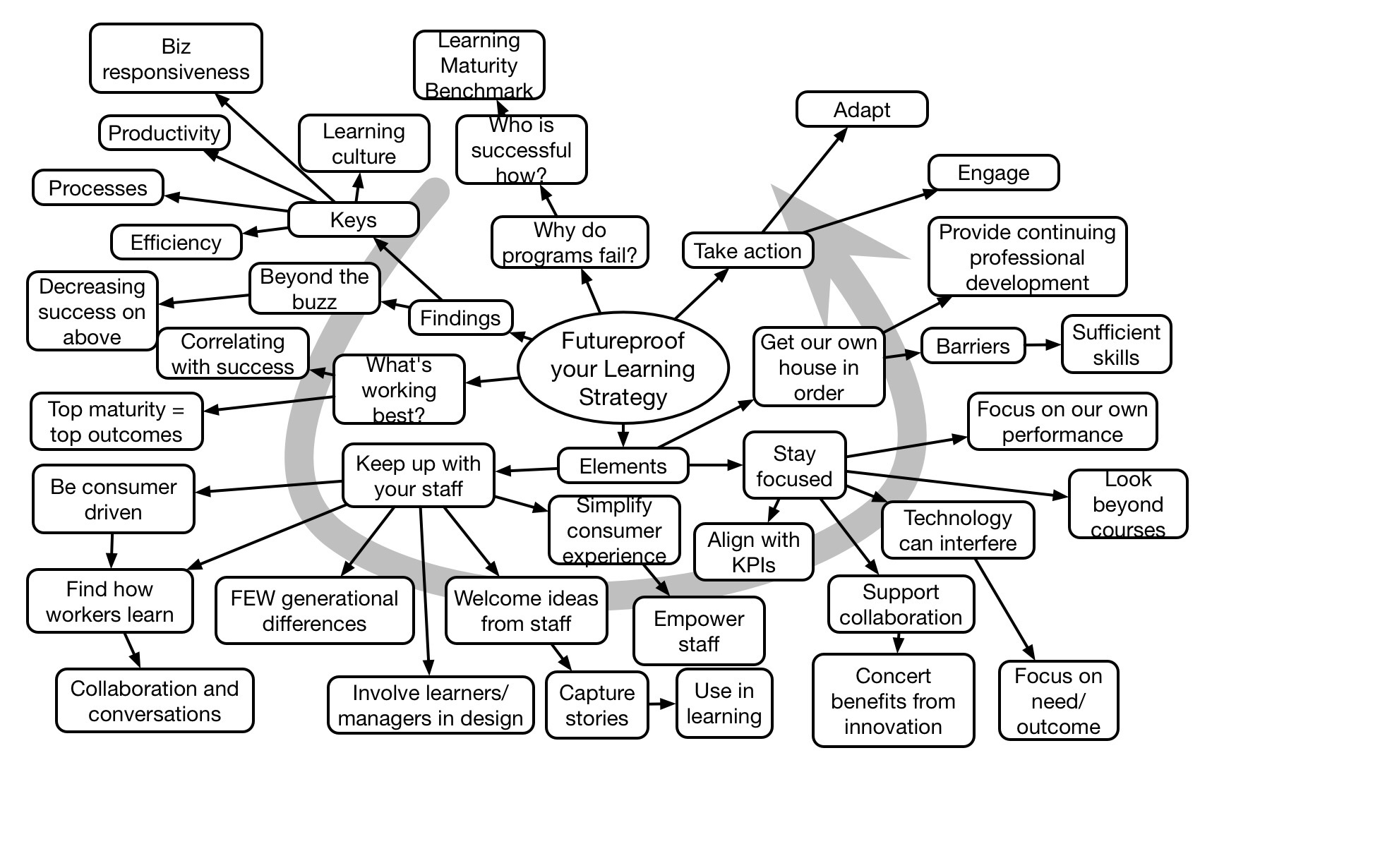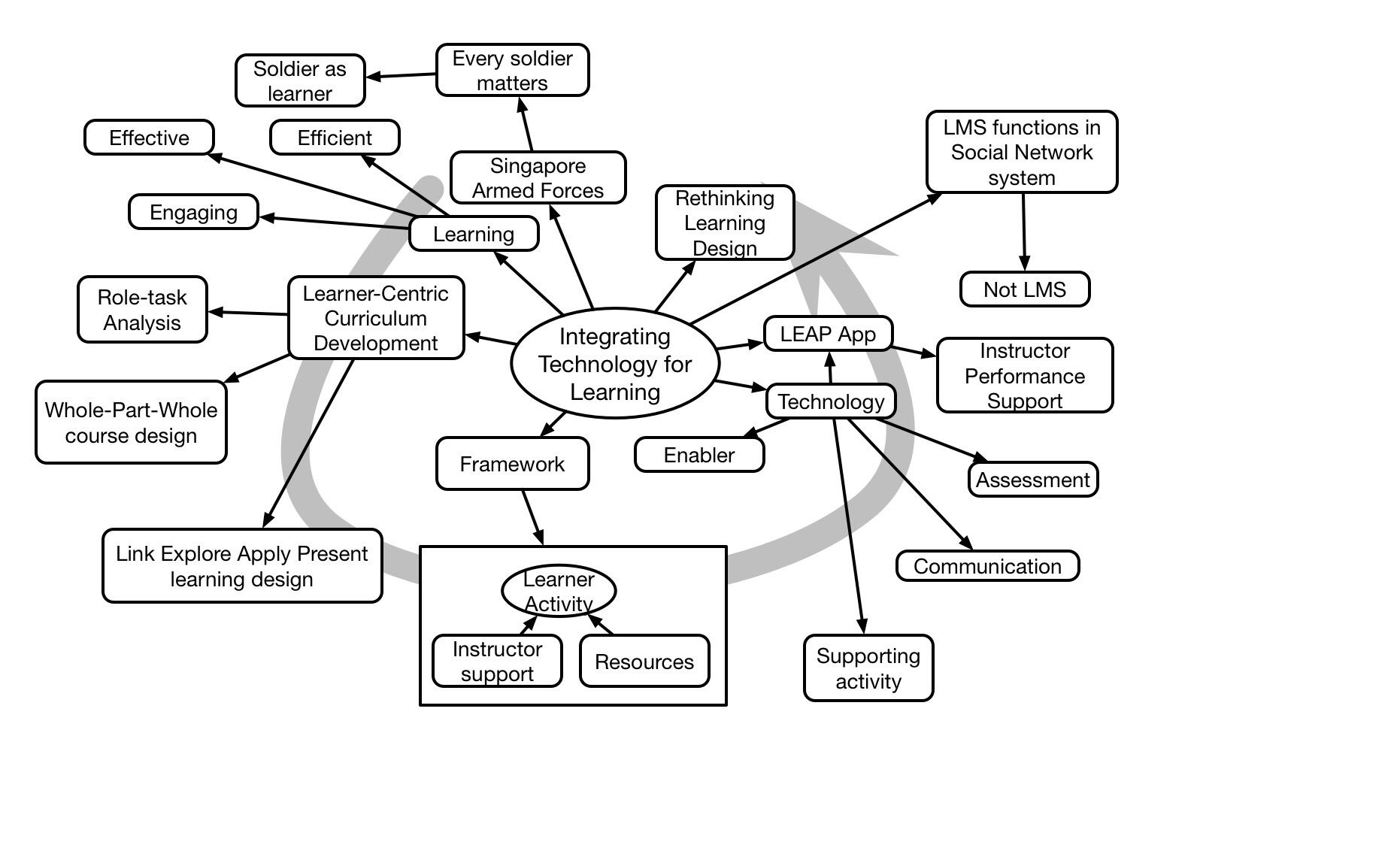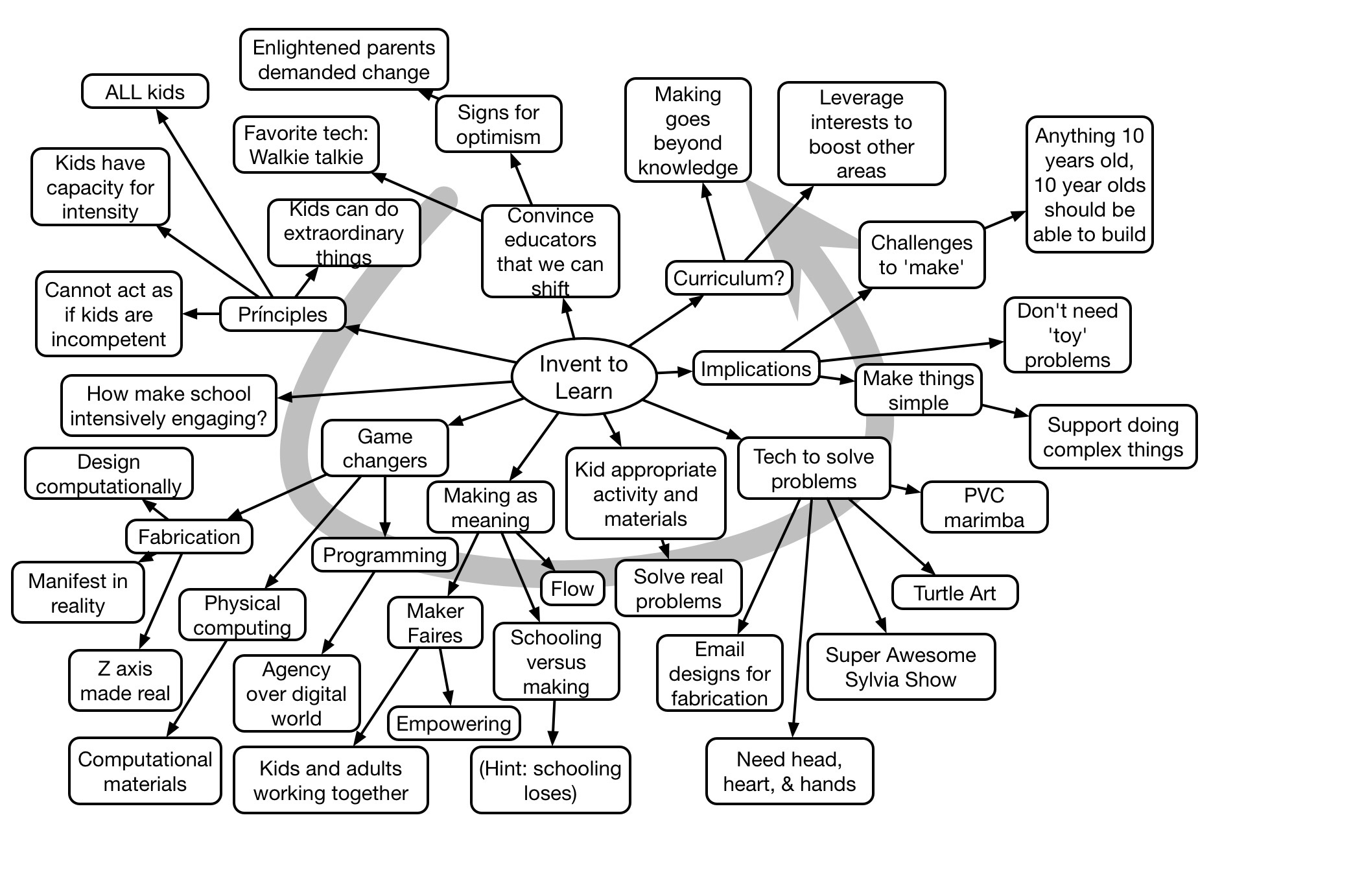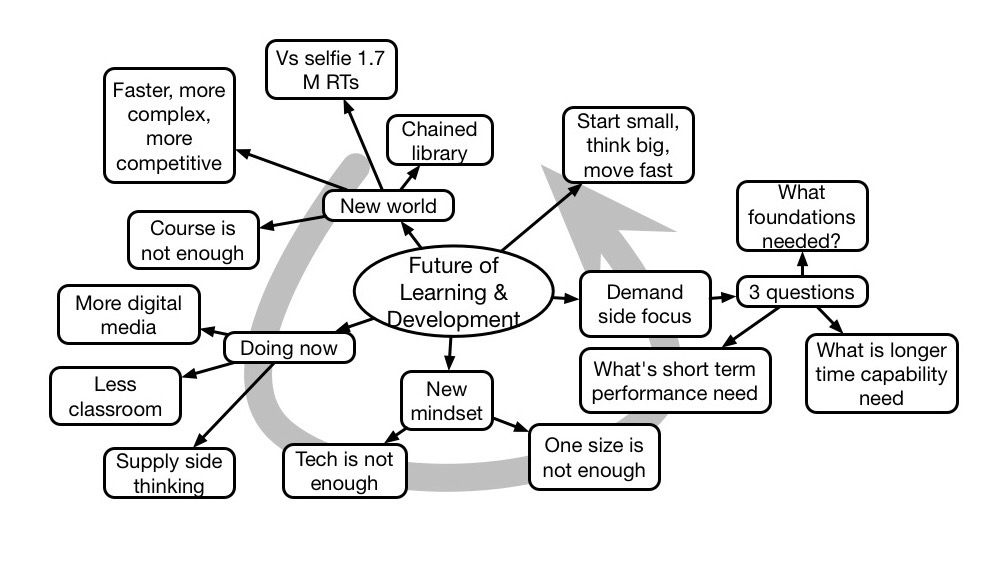Too often I see instructional design training and tools, in addition to talking about ‘objectives‘ and ‘assessment‘ (which I tend to call ‘practice‘, for hopefully obvious reasons), talking about ‘content‘. And I think that simplification is a path to bad learning design. It misses emphasizing the nuances, and that‘s a bad thing.
What should be the elements of content are an introduction to the learning experience, a presentation of the concept(s), examples that illustrate applying the concept to contexts, and a closing of the experience. Each of these have component parts that, when addressed, contribute to the likelihood of a good learning outcome. Ignoring them, however, is likely to lead to a lack of impact.
The problem is that our cognitive architecture is prone to mistakes in execution. We‘re bad at remembering bits and pieces, and we naturally can skip steps. That‘s why we create external tools like checklists and templates to support good design. So if we‘re not scaffolding here, we run the risk of creating content that may be well-written, but isn‘t well-designed.
And we see this all too often: eLearning that‘s content-heavy and learning light. It may have good production values, with a consistent look-and-feel, elegant prose, and great images, but it also tends to have too much rote information, little enough concepts, sparse and un-illuminating examples, and no real emotional ‘hook‘.
Instead, we could be using checklists or templates to ensure we get the right elements. We could have support for designing introductions, concept, examples, and closing, (and better support for good practice too ;). It doesn‘t have to be built into an authoring tool, but certainly should be manifest in the development tools for interim representations.
There are other reasons to be a bit more granular, such as flexible content that supports repurposing for delivery in the moment, and adaptive learning, but overall the real reason is for good design. It doesn‘t have to be granular, but it does have to explicitly consider the elements that contribute to learning and get those right. Right?






